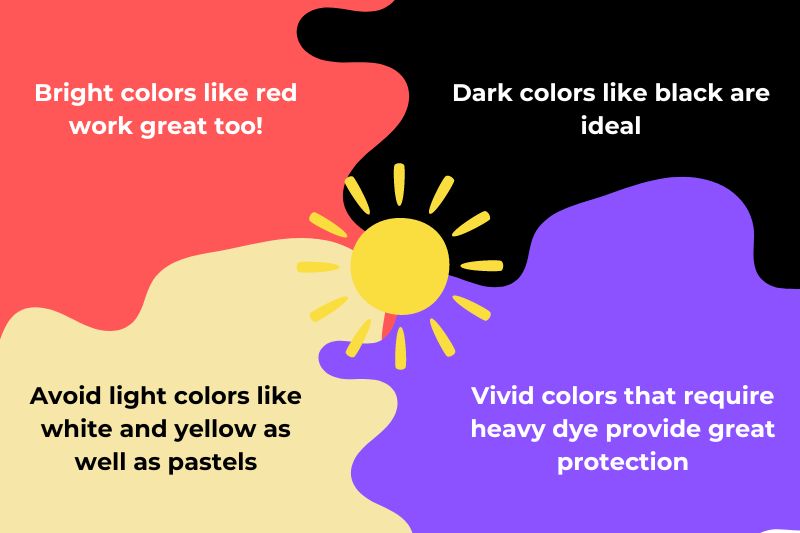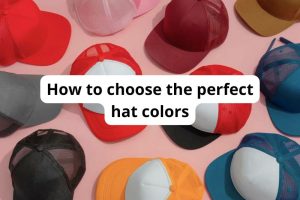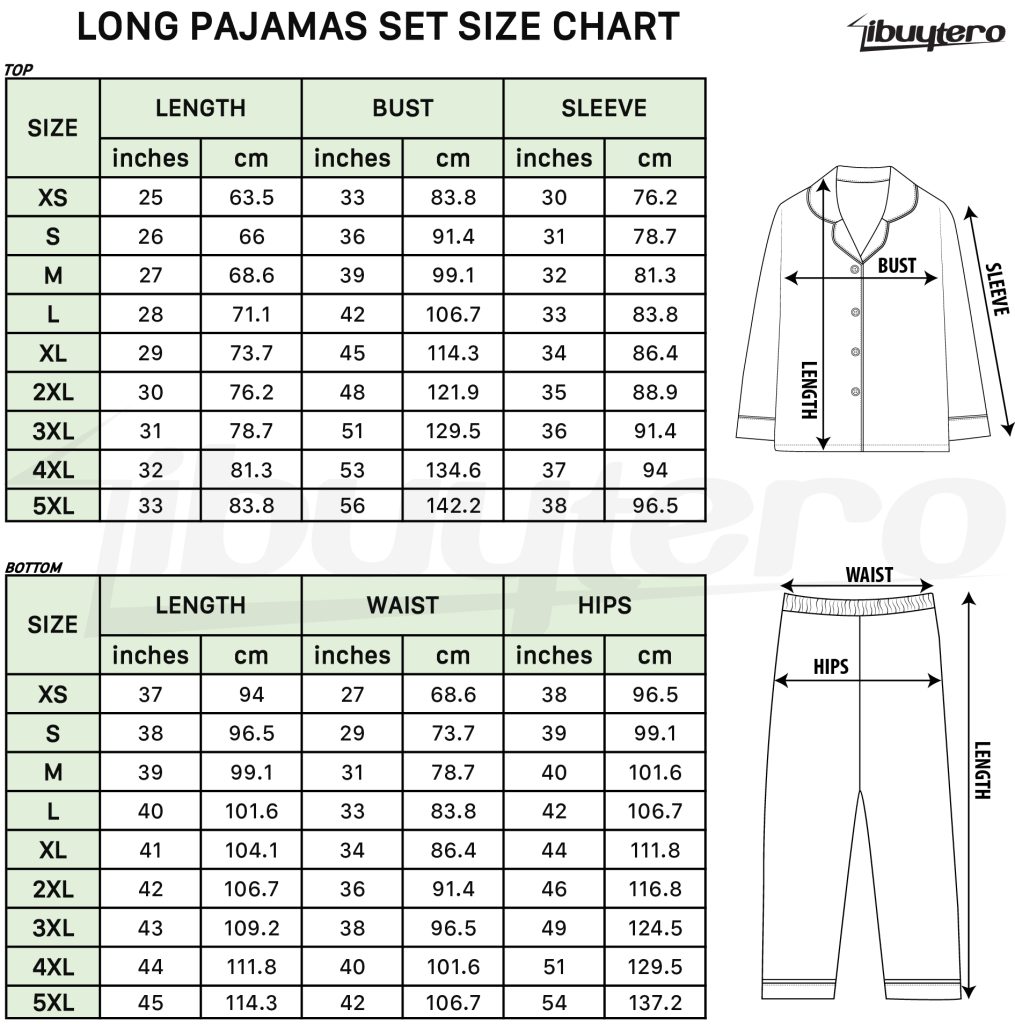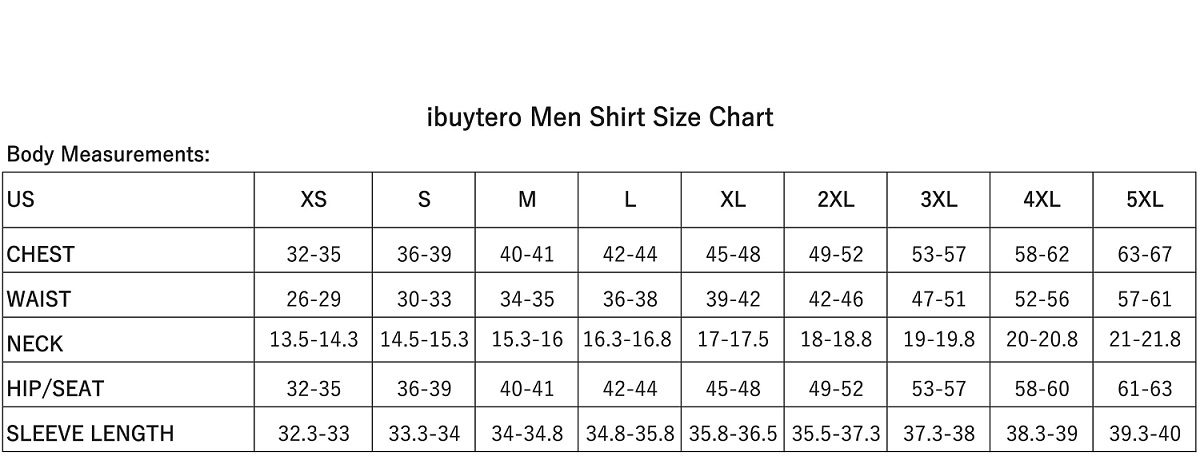How to choose the best color to wear for sun protection
How to choose the best color to wear for sun protection is essential to staying safe under the sun. While sunscreen is important, your clothing choices also play a major role. The color of what you wear can significantly affect how much UV radiation reaches your skin. Understanding how different colors impact sun protection will help you make better decisions for outdoor activities.
I. Understanding UV protection and clothing
Clothing can act as a physical barrier between your skin and the sun, but not all fabrics and colors offer the same level of protection. The ability of a fabric to block UV rays is measured by its Ultraviolet Protection Factor (UPF). Higher UPF ratings indicate better protection. Factors such as fabric type, weave, weight, and color can all influence a garment’s UPF.

II. The role of color in sun protection
Colors play a crucial role in how much UV radiation is absorbed or reflected by your clothing. Here’s a breakdown of how different colors affect sun protection:
- Dark colors: Darker shades like black, navy blue, and deep red tend to absorb more UV rays, preventing them from reaching your skin. These colors generally provide better sun protection compared to lighter hues. However, dark colors also absorb more heat, which can make you feel warmer when wearing them.
- Bright colors: Bright colors such as red, yellow, and blue can also offer good sun protection. These colors reflect more UV rays away from your skin compared to pastels or lighter shades. For example, a bright yellow shirt can be more protective than a light yellow one. Bright colors strike a balance by providing sun protection while not absorbing as much heat as dark colors.
- Light colors: Light colors like white and pastel shades tend to offer less UV protection. However, they can still be effective if the fabric is treated with UV-blocking agents or if it has a high UPF rating. Light colors reflect more heat, keeping you cooler, but they might not block as much UV radiation.

III. Balancing UV protection and comfort
While dark colors provide excellent UV protection, they also tend to absorb more heat, which can make you feel hotter. On the other hand, light colors reflect heat and help keep you cool, but they may not offer as much UV protection. Therefore, choosing the right color depends on your specific needs and preferences. If you prioritize UV protection, opt for darker or brighter colors. If staying cool is more important, consider light-colored clothing treated with UV-blocking agents.
IV. Tips for choosing the best colors
When selecting clothing for sun protection, consider the following tips:
- Opt for dark or bright colors: Choose dark or bright-colored clothing for better UV protection. These colors absorb and reflect more UV rays, helping to shield your skin.
- Check the UPF rating: Look for clothing with a high UPF rating. A UPF of 30 or higher is recommended for good sun protection. Some garments are specifically designed for sun protection and are labeled accordingly.
- Consider the fabric: Fabrics like polyester, nylon, and wool tend to offer better UV protection compared to cotton and rayon. The density of the weave also matters; tightly woven fabrics provide more protection.
- Wear layers: Layering your clothing can enhance sun protection. A dark or bright-colored outer layer with a lighter inner layer can provide added defense against UV rays.
- Treat your clothes: If you prefer lighter colors or fabrics, consider treating them with UV-blocking laundry additives. These products can boost the UPF of your clothing without affecting its appearance.
- Accessorize smartly: Don’t forget accessories like hats and scarves. Opt for wide-brimmed hats in dark or bright colors to protect your face, neck, and ears. Scarves can provide additional coverage for your shoulders and chest.
V. Conclusion
Choosing the best color to wear for sun protection involves understanding how different colors interact with UV rays and balancing this with comfort considerations. Dark and bright colors generally offer better protection but can feel warmer, while light colors keep you cooler but may require additional UV treatments. By combining the right colors with high-quality, UV-protective fabrics, you can effectively shield your skin from harmful UV radiation and enjoy the outdoors safely.
Happy shopping at ibuytero! You can also visit ibuytero shop to choose fashionable gifts with unique and interesting designs. Follow us on Pinterest to keep up to date with the latest products.









